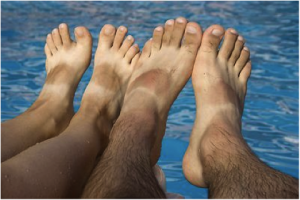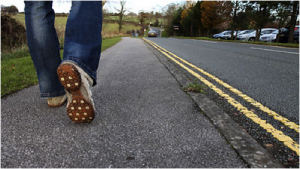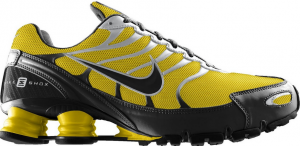 Nearly 26 million Americans are identified as having diabetes, with approximately two million additional people being diagnosed each year. More than half of the people affected by diabetes are at risk of developing diabetic neuropathy, a form of nerve damage that can cause a loss of feeling in the legs and feet. In extreme cases, diabetic neuropathy can lead to lower-extremity amputations.
Nearly 26 million Americans are identified as having diabetes, with approximately two million additional people being diagnosed each year. More than half of the people affected by diabetes are at risk of developing diabetic neuropathy, a form of nerve damage that can cause a loss of feeling in the legs and feet. In extreme cases, diabetic neuropathy can lead to lower-extremity amputations.
Foot injuries are a common cause of hospitalizations among diabetic patients, costing those affected by the disease a total of $245 billion in medical expenses in 2012. Because of reduced blood flow, people who have diabetes often experience a lack of feeling in the feet, which increase a person’s chances of stepping on a sharp object without realizing it. Blisters, bunions, and calluses may also go unnoticed and become larger, long-term issues.
It is important to note that preventative measures, like daily inspection and cleansing of the feet, can have a measurable impact when it comes to counteracting foot ulcers and other foot-related injuries. People living with diabetes should check their feet and toes daily for any injuries or irritations. Feet should also be washed daily in mild or lukewarm water and lotion should be applied to the feet afterward to prevent fissures, or cracks, in the foot skin as these can become a breeding ground for infection.
Other simple preventative measures include never wearing shoes without socks, as this can cause irritation or abrasions, and never walking in bare feet. Additionally, shoes that give the feet room to breathe, like a tennis show or a type of medical shoe that distributes pressure evenly on the various parts of the foot, can help keep feet healthy.
Most costs associated with diabetes are due to complications. However, if people living with diabetes make various positive changes to their lifestyles, long-term complications can often be prevented.
For more information on how a people can decrease their diabetes costs by taking better care of their feet please visit http://online.wsj.com/news/articles/SB10001424052702303947904579338930497073794.
 When it comes to taking care of your feet, you need to think about what your feet go through and what they’re put into. Weather you’re engaging in winter sports, running, or just taking a leisurely walk, make sure you are wearing properly fitting footwear that is appropriate for the activity. Shoes should leave feet with room to breathe and should not cause blisters or other irritations. The right fit can help keep your feet healthy and prevent any long-term podiatry issues.
When it comes to taking care of your feet, you need to think about what your feet go through and what they’re put into. Weather you’re engaging in winter sports, running, or just taking a leisurely walk, make sure you are wearing properly fitting footwear that is appropriate for the activity. Shoes should leave feet with room to breathe and should not cause blisters or other irritations. The right fit can help keep your feet healthy and prevent any long-term podiatry issues. Finding a running shoe might seem like a simple thing to do, but finding the right running shoe is a whole different story. In an
Finding a running shoe might seem like a simple thing to do, but finding the right running shoe is a whole different story. In an